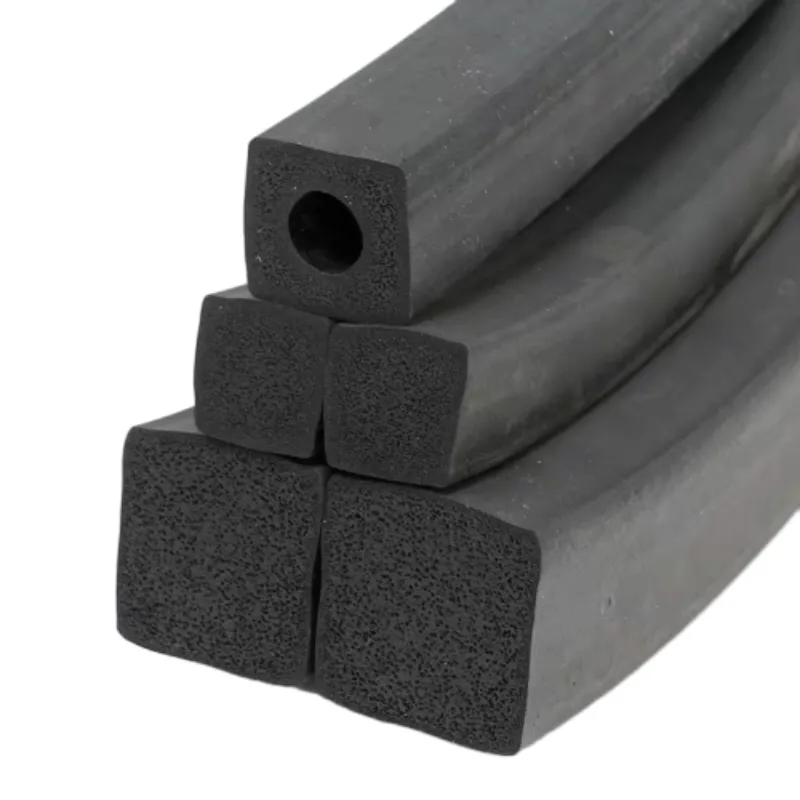plywood edging strip
Understanding Plywood Edging Strips Enhancing Aesthetics and Functionality
Plywood is a staple material in construction and furniture design due to its flexibility, strength, and cost-effectiveness. Among various accessories that complement its use, plywood edging strips play a crucial role in not only enhancing the aesthetic appeal of plywood projects but also improving their functionality. This article delves into the importance, types, applications, and installation of plywood edging strips.
What are Plywood Edging Strips?
Plywood edging strips, often referred to as edgebanding, are narrow strips of material applied to the exposed edges of plywood sheets. They serve to cover and protect the plywood edges, which can often be rough and unattractive. These strips are available in various finishes, colors, and materials, such as wood veneer, melamine, PVC, and aluminum, allowing for versatile applications in different settings.
Importance of Edging Strips
1. Aesthetic Enhancement One of the primary functions of plywood edging strips is to improve the visual appeal of plywood furniture and fixtures. Exposed edges can appear unfinished and unprofessional; however, a well-chosen edging strip can create a sleek and polished look, making a significant difference in overall design.
2. Protection Against Damage Plywood edges are prone to chipping and moisture damage, which can lead to deterioration over time. Edging strips act as a protective barrier, shielding the edges from impacts and environmental conditions, thereby increasing the longevity of the plywood.
3. Seamless Finish In projects where multiple pieces of plywood are joined, edging strips create a seamless transition between pieces and hide any raw edges, making the furniture or construction appear more cohesive.
4. Functional Benefits Beyond aesthetic improvements, edging strips can enhance the functional aspects of plywood. For instance, certain edging materials can be water-resistant, providing additional protection in humid environments, making them ideal for kitchen and bathroom applications.
Types of Plywood Edging Strips
1. Wood Veneer Edging This is a thin slice of real wood applied to the edges. It gives a natural look and can be stained or finished to match the plywood, offering an organic and upscale appearance.
2. PVC Edging Polyvinyl chloride (PVC) edging strips are popular due to their water-resistant properties and wide color range. They are easy to apply and maintain, making them suitable for a variety of applications.
plywood edging strip

3. Melamine Edging Melamine edging strips are made from particleboard covered with melamine foil. They are commonly used in commercial settings due to their affordability and resistance to wear and tear.
4. Aluminum Edging For projects requiring maximum durability, aluminum edging strips provide a modern look and excellent protection against impacts and corrosion. They are often used in industrial applications or high-traffic areas.
Installation of Plywood Edging Strips
Installing edging strips can seem daunting, but with the right tools and techniques, it becomes a manageable task. Here’s a simple guide to install plywood edging strips
1. Material Preparation Cut the edging strips to the desired length, allowing for a slight overhang over the edges of the plywood.
2. Adhesive Application Apply a suitable adhesive to the plywood edge. Many professionals recommend using hot melt glue for a strong bond, although suitable contact adhesives can also work.
3. Positioning Carefully position the edging strip over the adhesive, ensuring it is properly aligned with the edge of the plywood.
4. Pressing and Trimming Once the strip is in place, press it down firmly to secure it. After the adhesive has cured, trim any excess material using a sharp utility knife or trimmer for a clean finish.
5. Finishing Touches Sand down any rough edges for a smooth finish, and apply any additional finishes if desired.
Conclusion
Plywood edging strips are an essential component in the world of woodworking and furniture design. By improving aesthetics, providing protection, and enhancing functionality, they play a vital role in the overall quality of plywood projects. Whether you’re a DIY enthusiast or a professional carpenter, understanding the importance and application of plywood edging strips can significantly elevate your work and ensure a polished, professional finish.
-
Under Door Draught Stopper: Essential ProtectionNewsJul.31,2025
-
Garage Door Seal and Weatherstrips for ProtectionNewsJul.31,2025
-
Edge Banding Tape for Perfect EdgesNewsJul.31,2025
-
Table Corner Guards and Wall Corner ProtectorsNewsJul.31,2025
-
Stair Nose Edging Trim and Tile Stair SolutionsNewsJul.31,2025
-
Truck Bed Rubber Mats for Pickup BedsNewsJul.31,2025
-
Window Weather Stripping for Noise ReductionNewsJul.29,2025